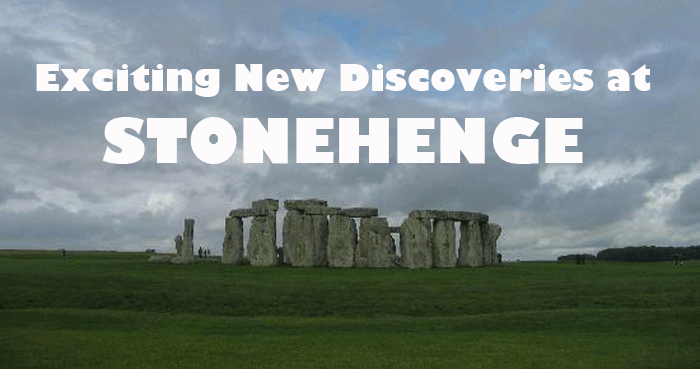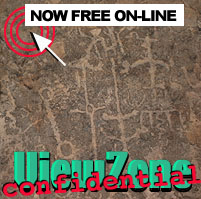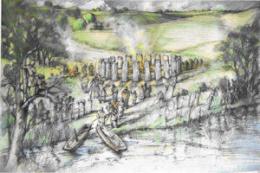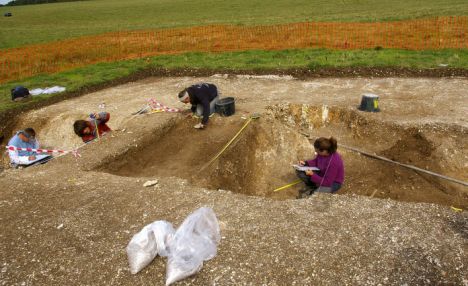Top 11 Viewzone Stories
2012: Doomsday Facts
Dan Eden investigates the hard science behind the real doomsday events.
The Last Doomsday
A scientific look at the last human extinction event 14500 years ago. Will it happen again?
Left Brain:Right Brain
We have two brains that don't always argee and sometimes fight for control. Can facial features shed light on which brain controls our thoughts? Great article by Dan Eden with photographic analysis of many popular figures.
The Color Preference Personality Test
Select your favorite colors and see what this on-line test reveals. Requires JavaScript.
We're Not From Here!
Recent evidence suggests that we are not part of the Milky Way but a dwarf galaxy being assimilated.
Smallpox: The Weapon
A review of what we know about this deadly virus. Is it gone? Really?
How to read eyes!
What do professional interrogators look for to see if you are telling a lie? Can anyone do this?
Decorating with Feng Shui
Nancy Uon gently introduces you to the basics and shows how to best arrange your living space.
Handwriting Analysis
What can be learned about you through your handwriting. Some famous mysteries are described and lessons are given.
Money: what is it?
This Dan Eden article starts with the history of money and describes the current economics that have resulted in the rapidly declining US Dollar.
The Philadelphia Experiment
Did the US Navy succeed in making the US Liberty invisible?
 New Blue Stones found By UK Archaeologists ScienceDaily (Oct. 9, 2009) -- Archaeologists have released an artist's impression of what a second stone circle found a mile from Stonehenge might have looked like.
Professor Julian Thomas, from The University of Manchester and a co-director of the Stonehenge Riverside Project, said the monument was a circle of bluestones, dragged from the Welsh Preseli mountains, 150 miles away around 5,000 years ago. However, the stones, he said, had since been since removed, leaving behind nine uncovered holes. The team believe they were probably part of a circle of 25 standing stones. The new stone circle is 10m (33 ft) in diameter and was surrounded by a henge -- a ditch with an external bank. The standing stones marked the end of the Avenue that leads from the River Avon to Stonehenge, a 1-3/4-mile long (2.8km) processional route constructed at the end of the Stone Age -- or the Neolithic period. The outer henge around the stones was built around 2400 BC, but arrowheads found in the stone circle indicate that the stones were put up as much as 500 years earlier. When the newly discovered circle's stones were removed by Neolithic tribes, they may, according to the team, have been dragged to Stonehenge, to be incorporated within its major rebuilding around 2500 BC. Archaeologists know that after this date, Stonehenge consisted of about 80 Welsh stones and 83 local, sarsen stones. Some of the bluestones that once stood at the riverside probably now stand within the centre of Stonehenge.
The team hope to radiocarbon date antler picks found on the site - used by the stone circle builders as pickaxes -- to provide more precise dates. The dates will reveal if the circle was built when another 56 Welsh bluestones were erected at Stonehenge itself -- in the decades after 3000 BC. Sheffield University's Professor Mike Parker Pearson, Director of the project, said: “It could be that Blue Stonehenge was where the dead began their final journey to Stonehenge. "Not many people know that Stonehenge was Britain's largest burial ground at that time. Maybe the bluestone circle is where people were cremated before their ashes were buried at Stonehenge itself." The University of Manchester's Professor Julian Thomas, co-director, said: "The implications of this discovery are immense. It is compelling evidence that this stretch of the River Avon was central to the religious lives of the people who built Stonehenge. Old theories about Stonehenge that do not explain the evident significance of the river will have to be re-thought. There is no evidence that the circle had a particular orientation or even an entrance. Soil that fell into the holes when the stones were removed was full of charcoal, showing that plenty of wood was burned here. The University of Bristol's Dr Josh Pollard, co-director, explained: "This is an incredible discovery. The newly discovered circle and henge should be considered an integral part of Stonehenge rather than a separate monument, and it offers tremendous insight into the history of its famous neighbour. Its landscape location demonstrates once again the importance of the River Avon in Neolithic funerary rites and ceremonies." The Stonehenge Riverside Project is run by a consortium of university teams. It is directed by Prof. Mike Parker Pearson of Sheffield University, with co-directors Dr Josh Pollard (Bristol University), Prof. Julian Thomas (Manchester University), Dr Kate Welham (Bournemouth University) and Dr Colin Richards (Manchester University). The 2009 excavation was funded by the National Geographic Society, Google, the Society of Antiquaries of London, and the Society of Northern Antiquaries. The project is funded by the Arts and Humanities Research Council and the Royal Archaeological Institute. Most of the circle remains preserved for future research and the 2009 excavation has been filled back in.
|

 The drawing [right] shows the sensational discovery of "Blue Stonehenge" by a team led by archaeologists from Manchester, Sheffield and Bristol Universities on the West bank of the River Avon last month.
The drawing [right] shows the sensational discovery of "Blue Stonehenge" by a team led by archaeologists from Manchester, Sheffield and Bristol Universities on the West bank of the River Avon last month. The discovery may confirm of the Stonehenge Riverside Project's theory that the River Avon linked a 'domain of the living' -- marked by timber circles and houses upstream at the Neolithic village of Durrington Walls (discovered by the Project in 2005) -- with a 'domain of the dead' marked by Stonehenge and this new stone circle.
The discovery may confirm of the Stonehenge Riverside Project's theory that the River Avon linked a 'domain of the living' -- marked by timber circles and houses upstream at the Neolithic village of Durrington Walls (discovered by the Project in 2005) -- with a 'domain of the dead' marked by Stonehenge and this new stone circle.